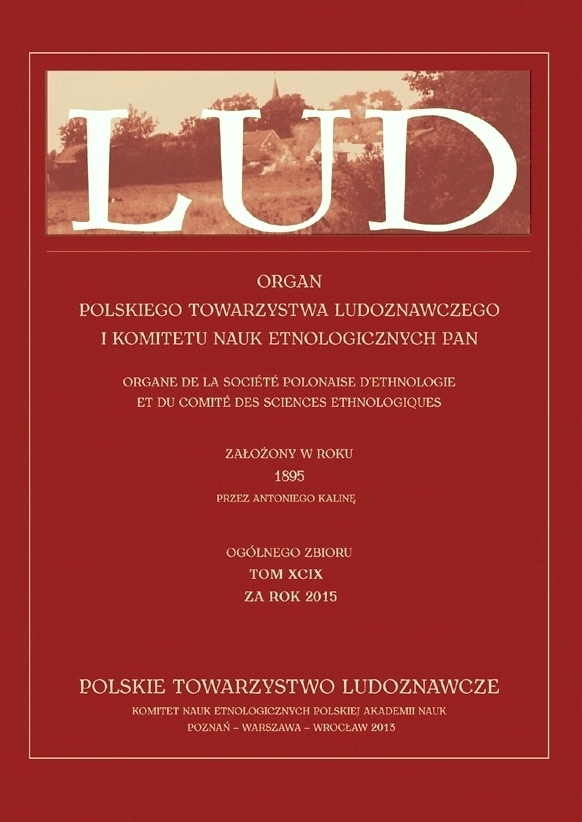SLAVA LUB KRSNO IME U SERBÓW. O ŚWIĘCIE PATRONA RODZINY
SERBIAN SLAVA OR KRSNO IME. ON CELEBRATING A FAMILY PATRON SAINT’S DAY
Author(s): Nikola F. PavkovićContributor(s): Joanna Maciejewska-Pavković (Translator)
Subject(s): Customs / Folklore, Cultural Anthropology / Ethnology, Family and social welfare, Eastern Orthodoxy
Published by: Polskie Towarzystwo Ludoznawcze
Keywords: family patron saint’s celebrations; slava; Serbia;
Summary/Abstract: Since at least the Middle Ages, a custom called slava, alternatively called krsno ime, krsna slava, svetac, and služba svecu, etc. has been cultivated by Serbs. This custom is devoted to a patron saint of family. Like other family cults it is celebrated once a year, on the day which is devoted to the particular saint in the calendar. The custom of slava is passed patrilineally. In the slava ceremony bread (kolač) plays a key role along with cooked wheat (koljivo/žito), wine, a candle, olive oil, and incense. All ingredients are known from the Old Testament and were appropriated by the Orthodox Church liturgy and carried over to the slava ritual. A midday meal is the most important part of the slava ceremony. It starts with the ceremonial notching of a cross on bread, pouring wine on it, rotating it clockwise, kissing it, and finally breaking it. These activities are accompanied by religious formulas. Additionally, toasts (zdravice) in honour of the saint, household members, and guests constitute an important part of the feast. In Serbian and Yugoslavian scholarship there have been a few theories that aim at explaining the origins of slava. The custom has been influenced by the Serbian Orthodox Church that recommended and validated some structural elements of its practices. Along with the Kosovo myth, slava is one of the most important elements of which national Serbian identity is built on. It is also celebrated by Macedonians. In previous centuries it had been practiced by Catholics in parts of Bosnia, Dalmatia, Slavonia, and in the Dubrovnik region in Croatia.
Journal: LUD
- Issue Year: 99/2015
- Issue No: 1
- Page Range: 115-137
- Page Count: 23
- Language: Polish

